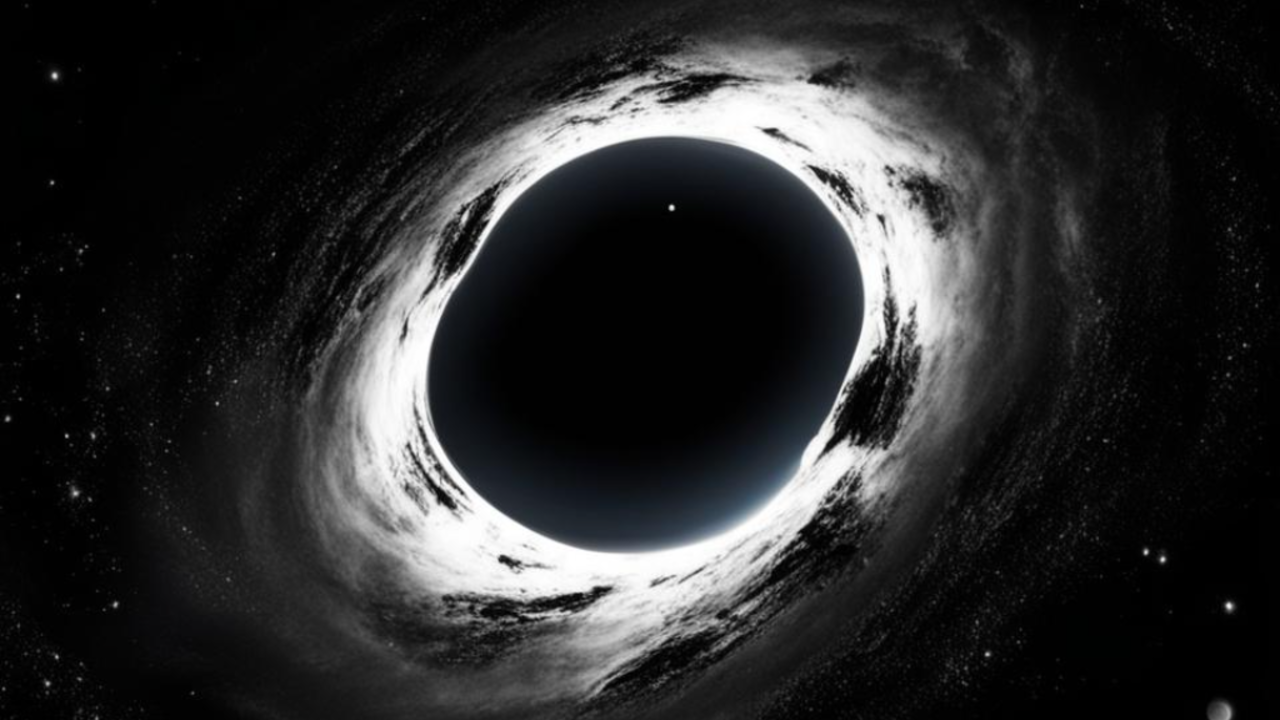Originally looking like a fuzzy donut, the updated image vividly shows the Doppler-Einstein effect, revealing that one side of the black hole is brighter. An additional telescope in Greenland, as well as advanced data analysis techniques, greatly improved the accuracy of the image.
This image not only deepened the understanding of black holes but also confirmed the scientific validity of the imaging method. Dr. Keiichi Asada points to the future, calling this a “huge milestone”; a potential “video” that could capture the chaotic motion of a black hole.
Source: Ferra
I am a professional journalist and content creator with extensive experience writing for news websites. I currently work as an author at Gadget Onus, where I specialize in covering hot news topics. My written pieces have been published on some of the biggest media outlets around the world, including The Guardian and BBC News.











